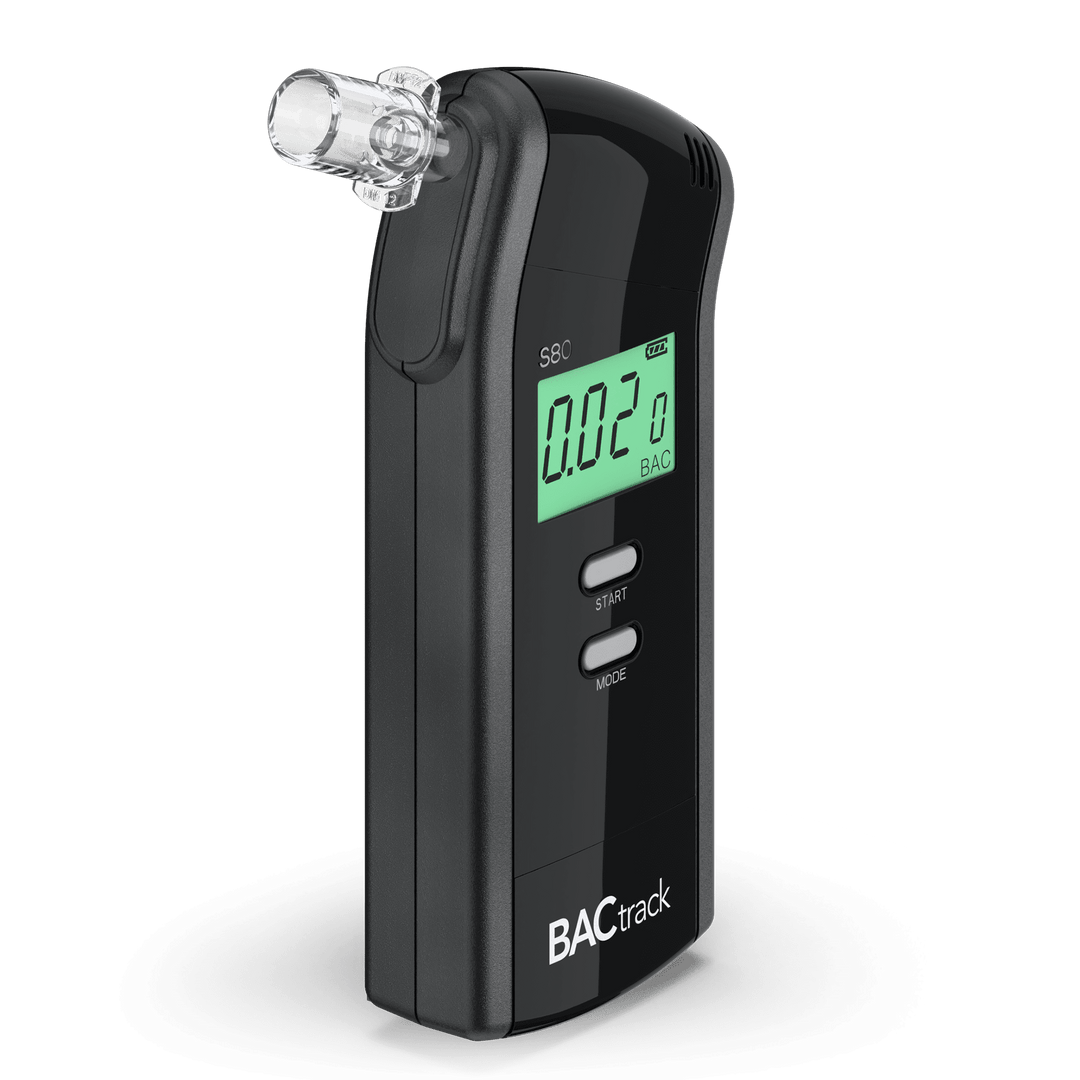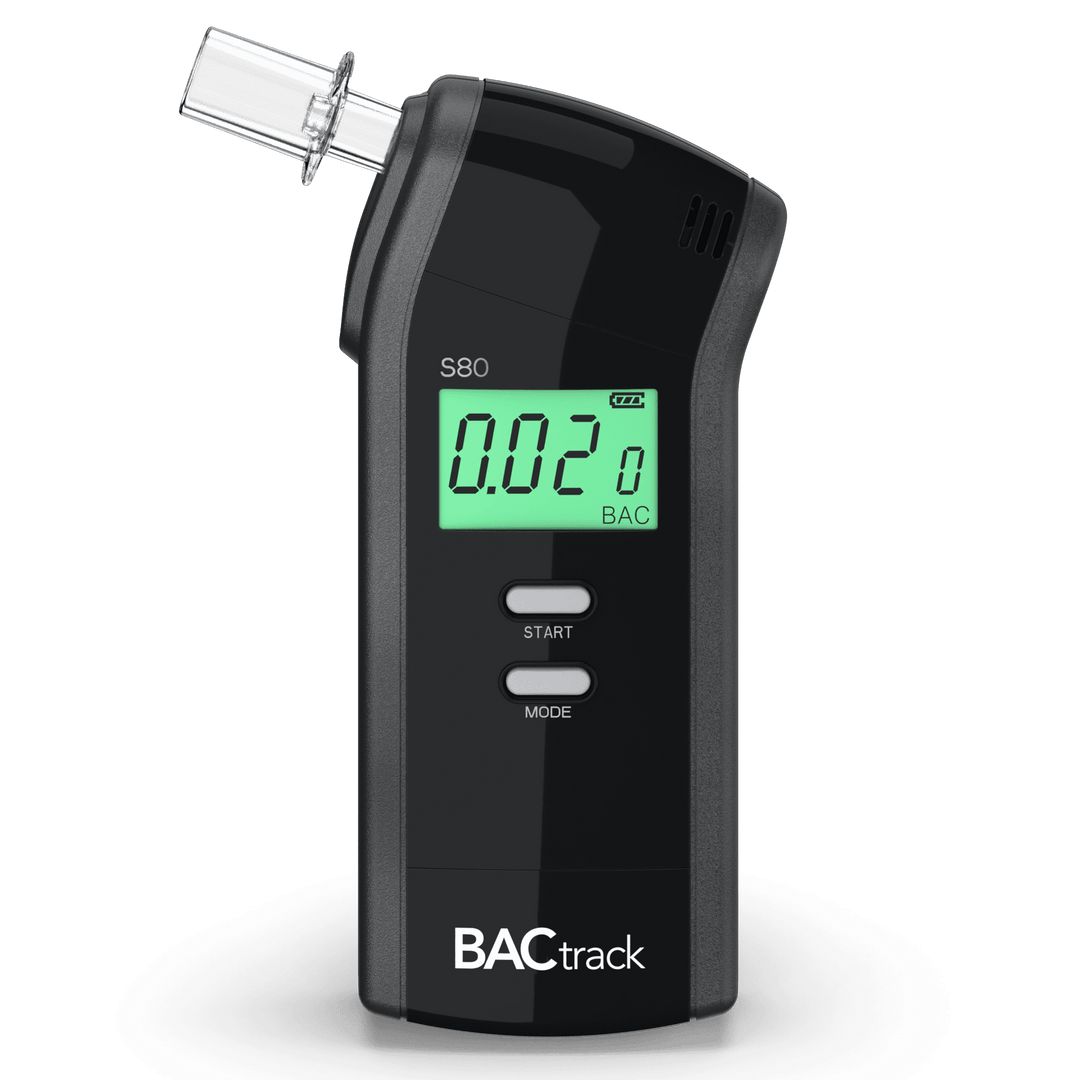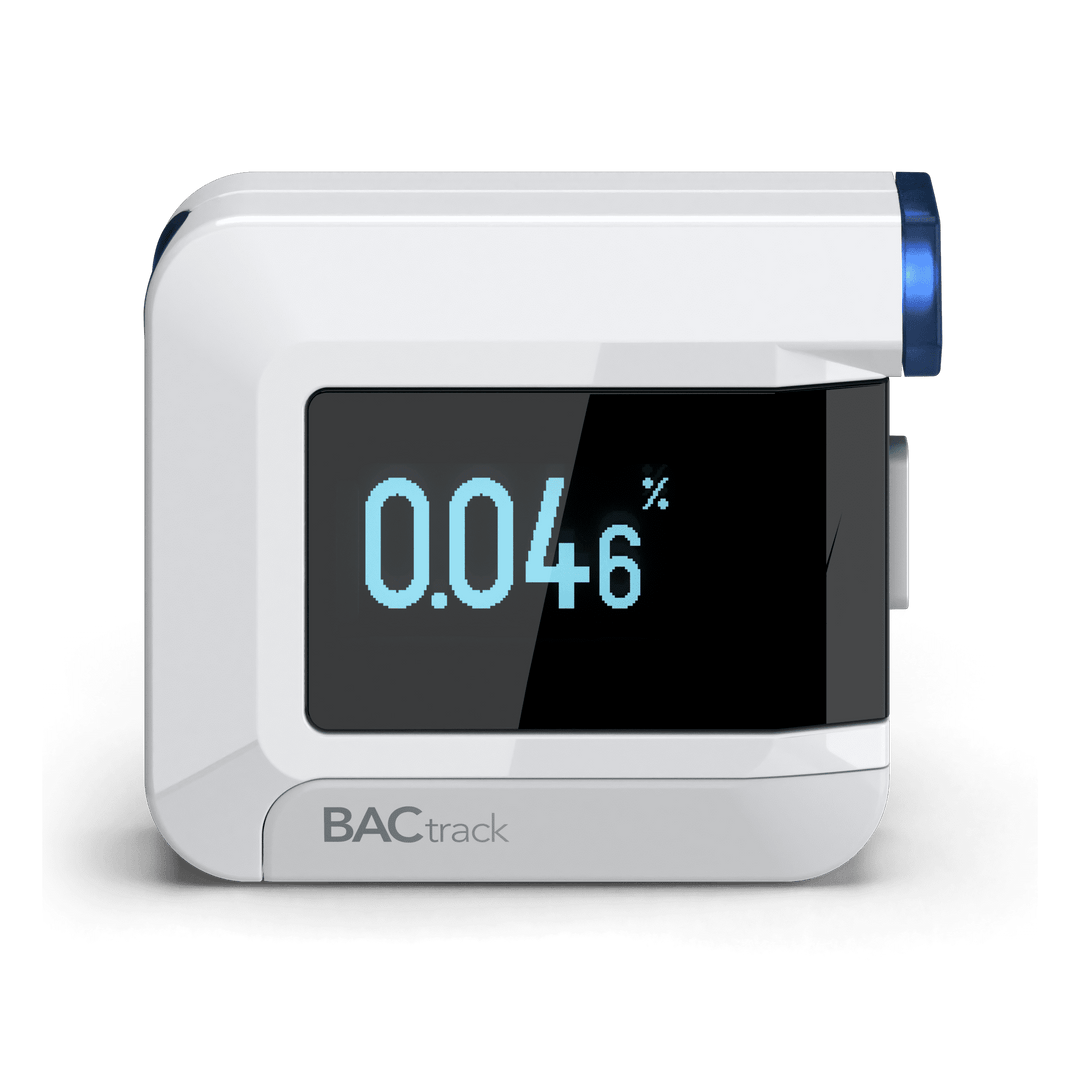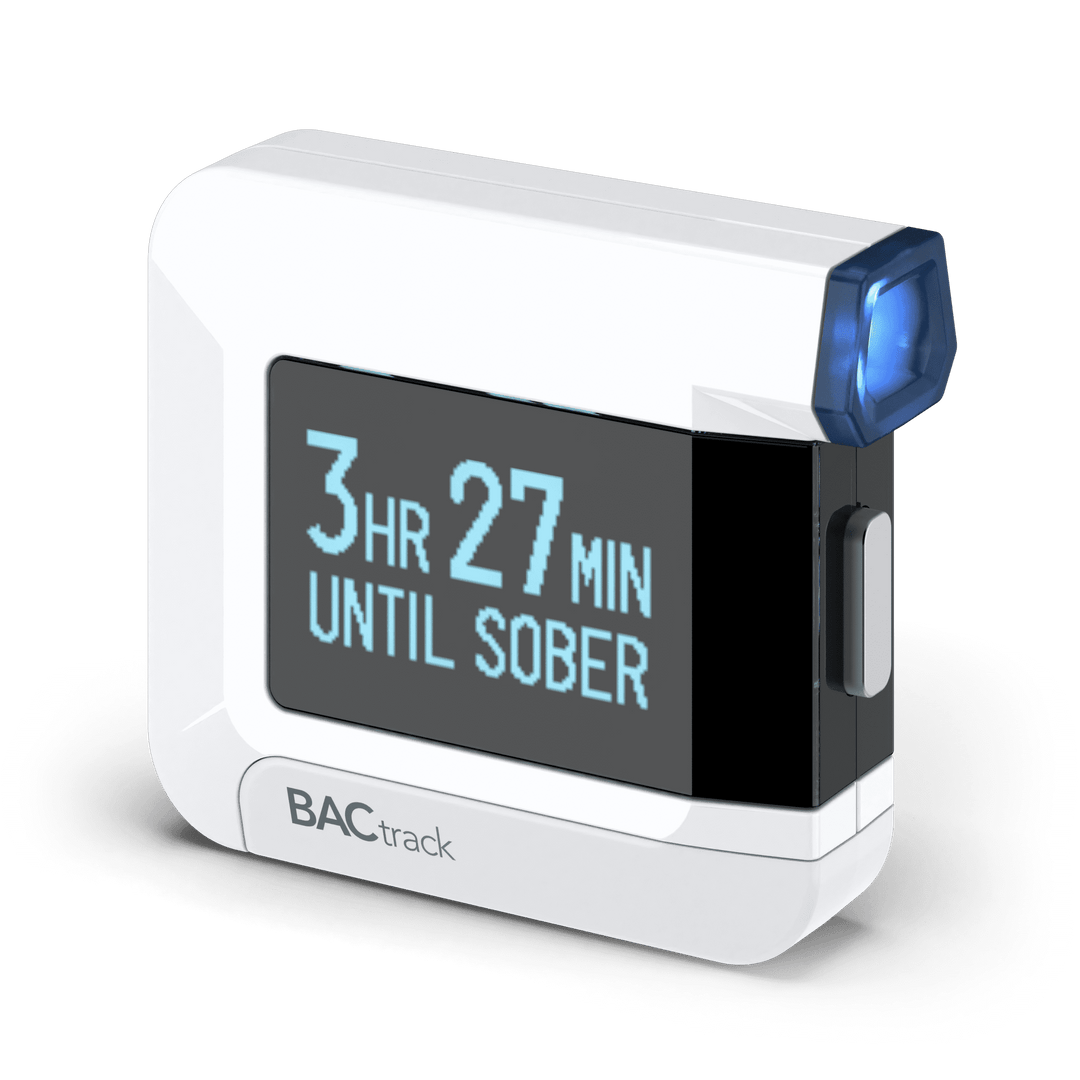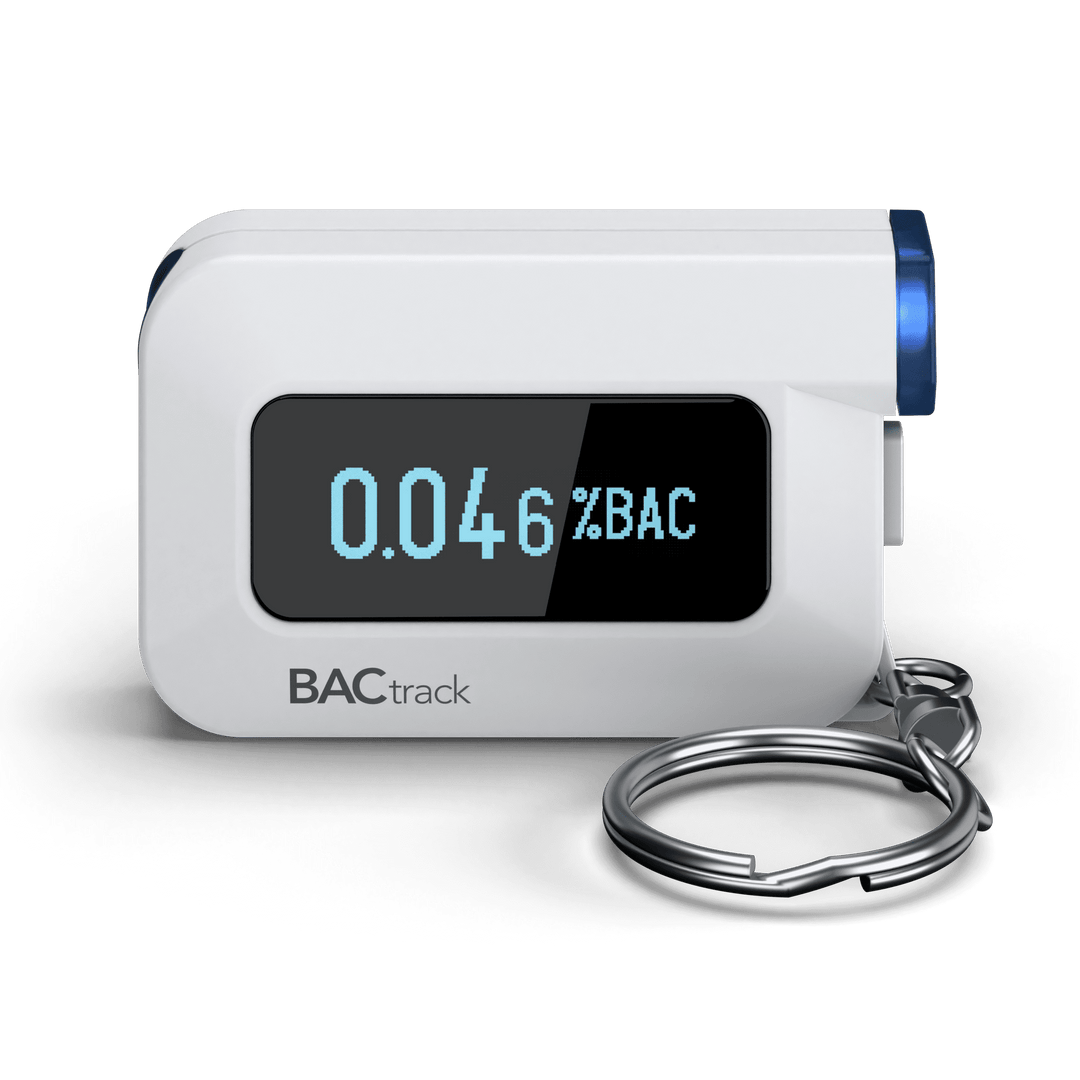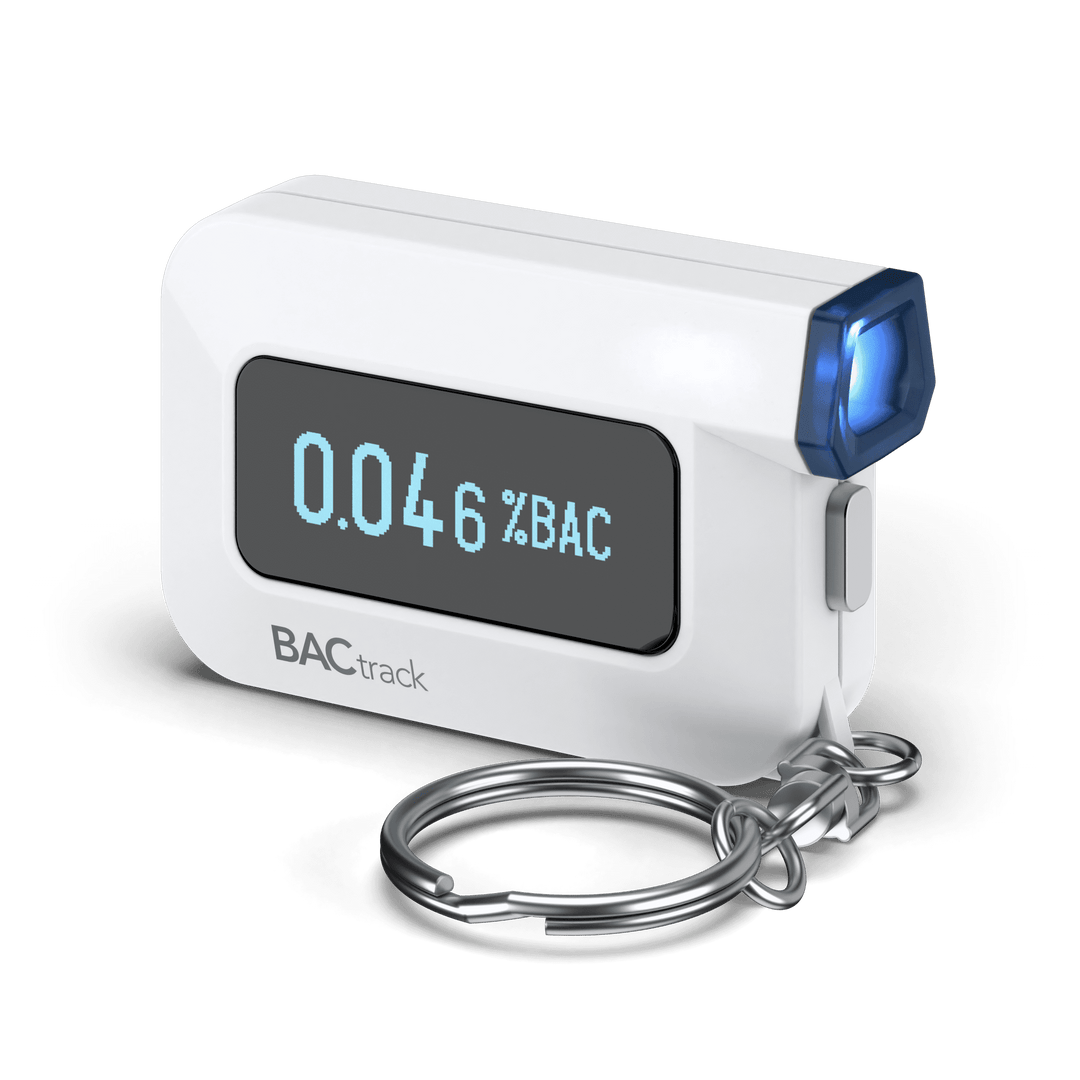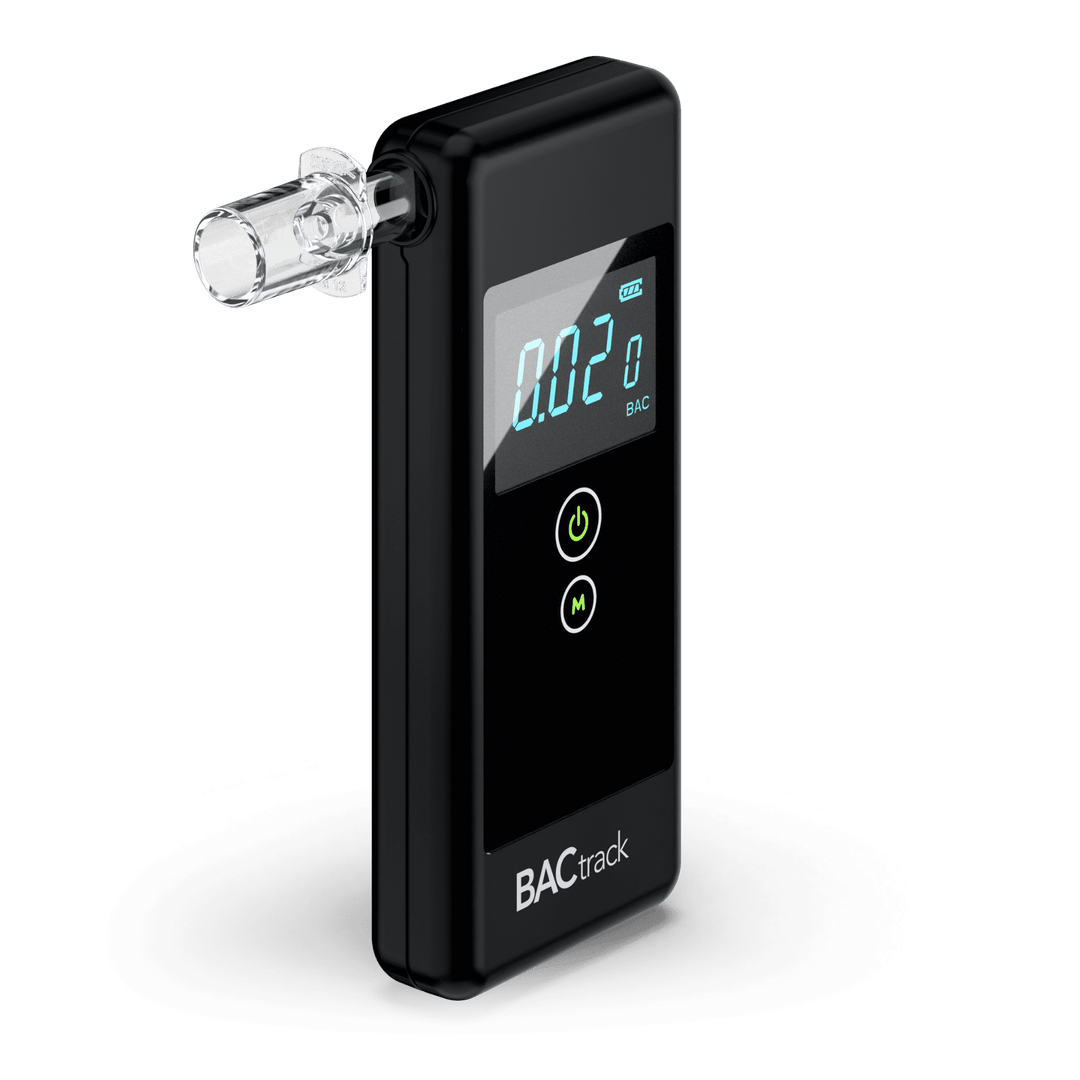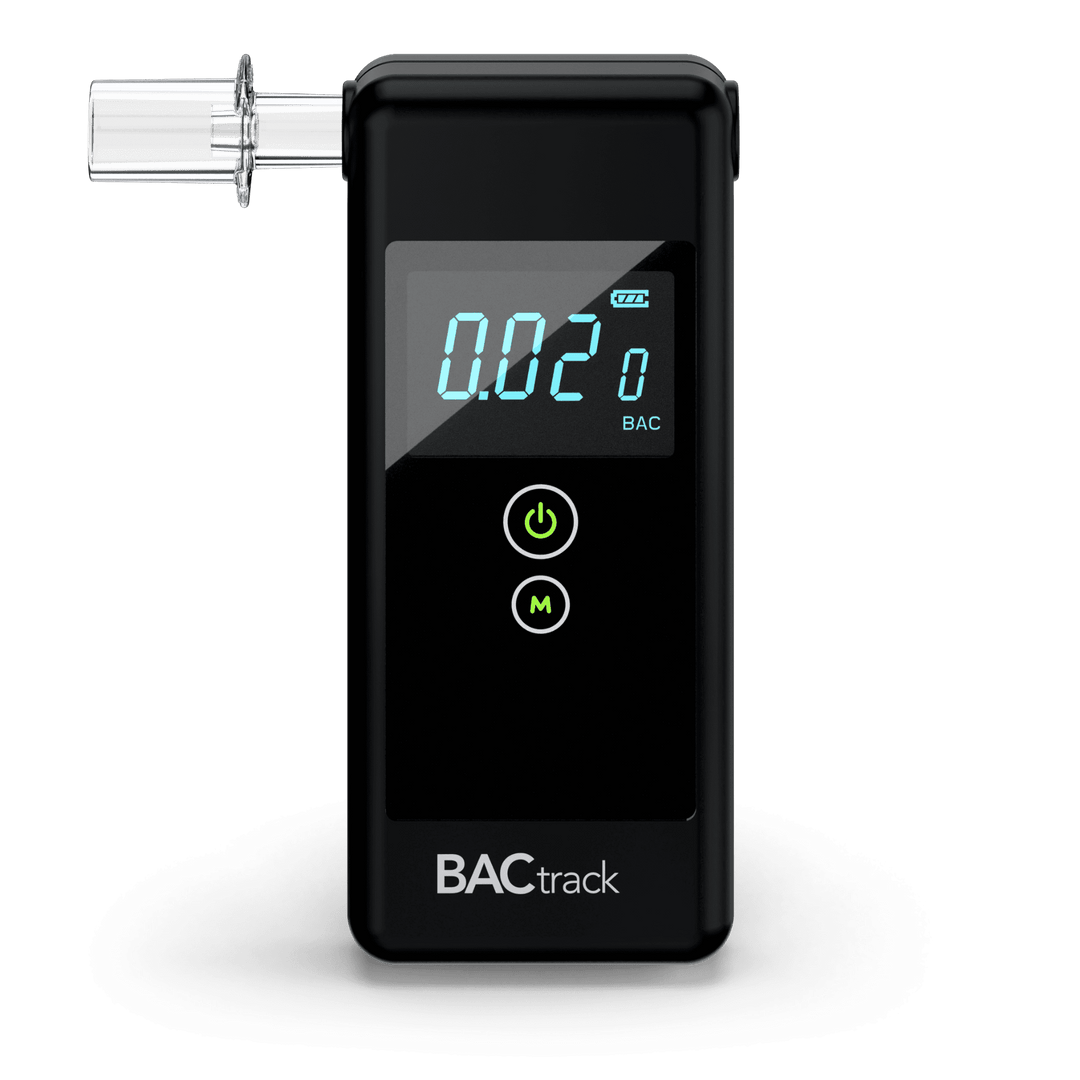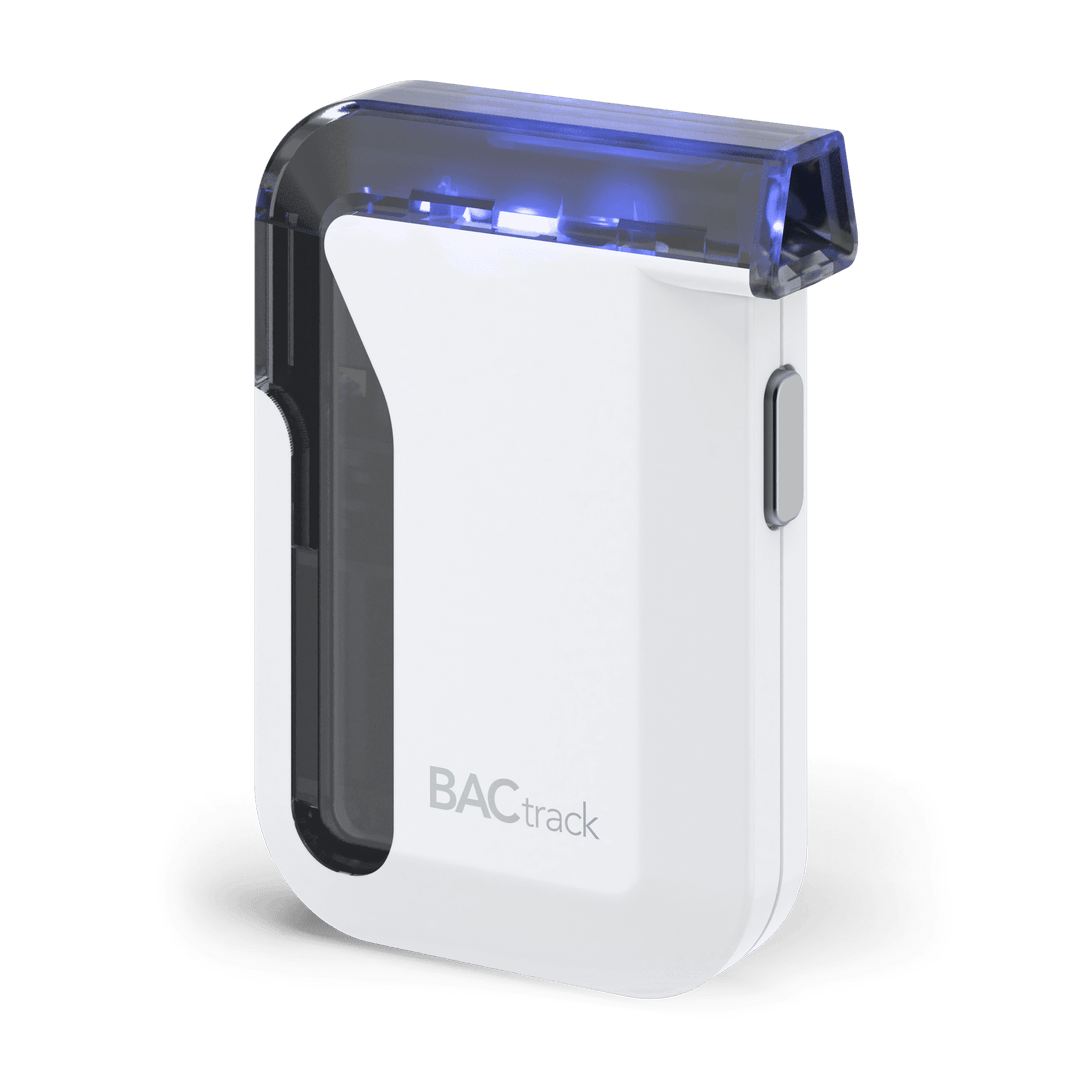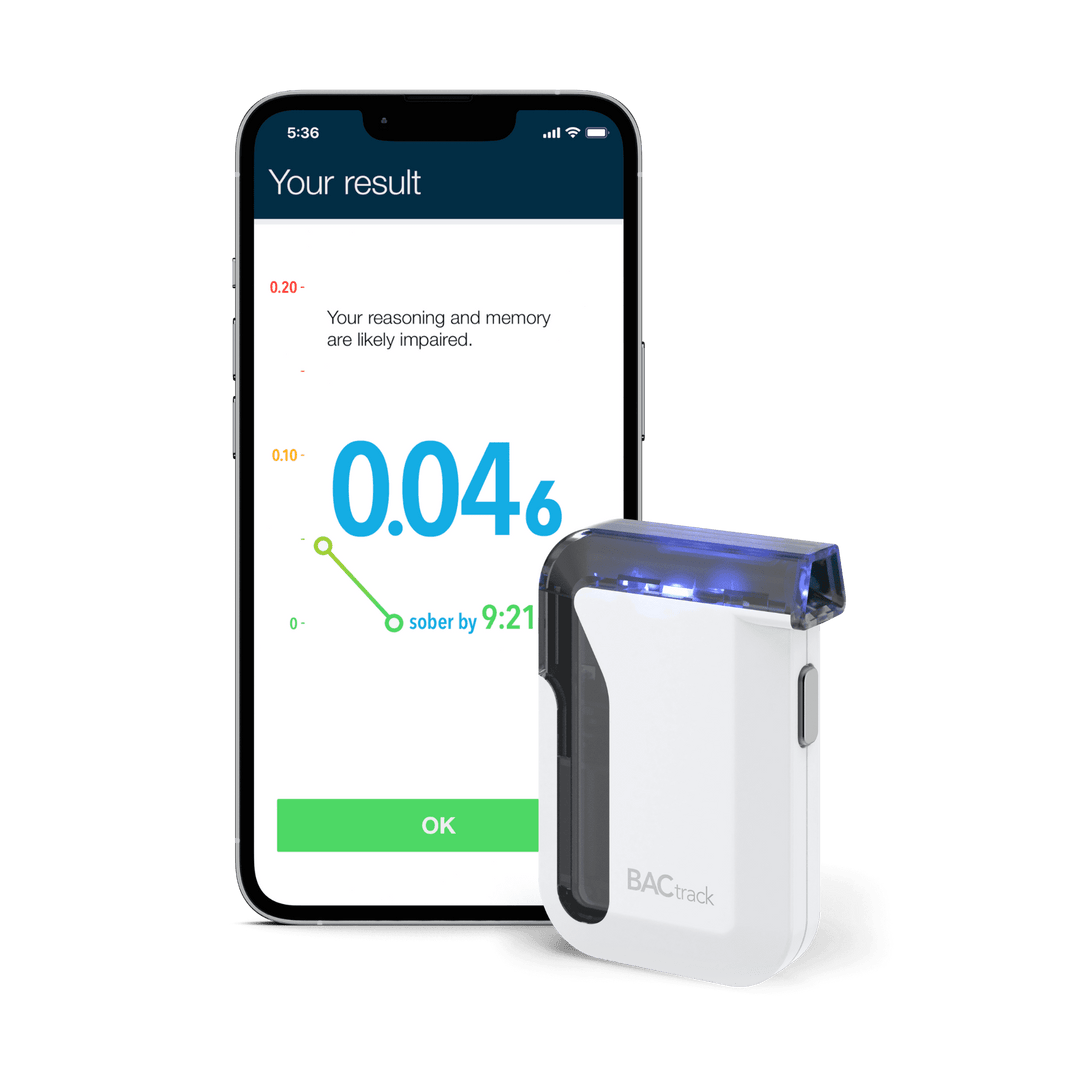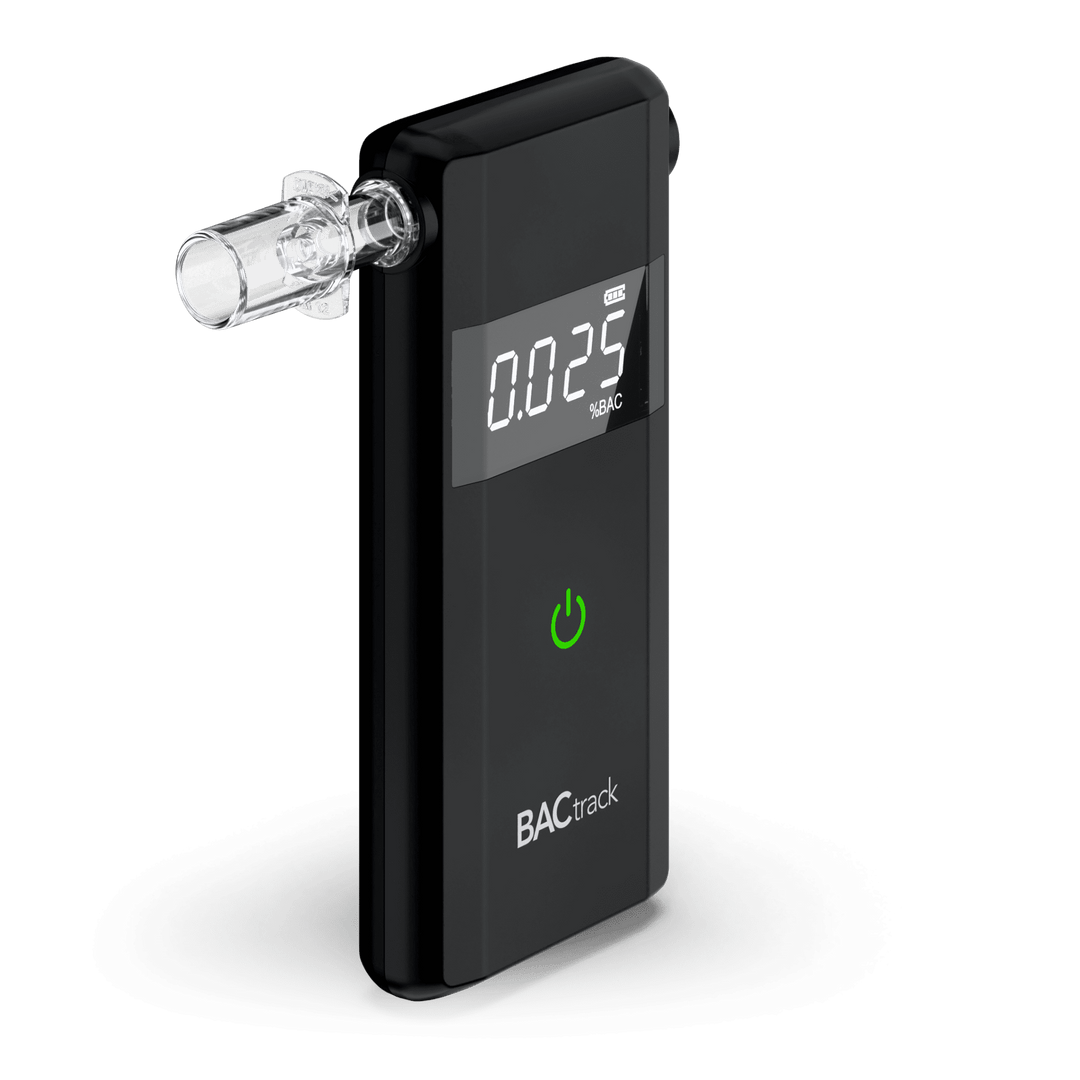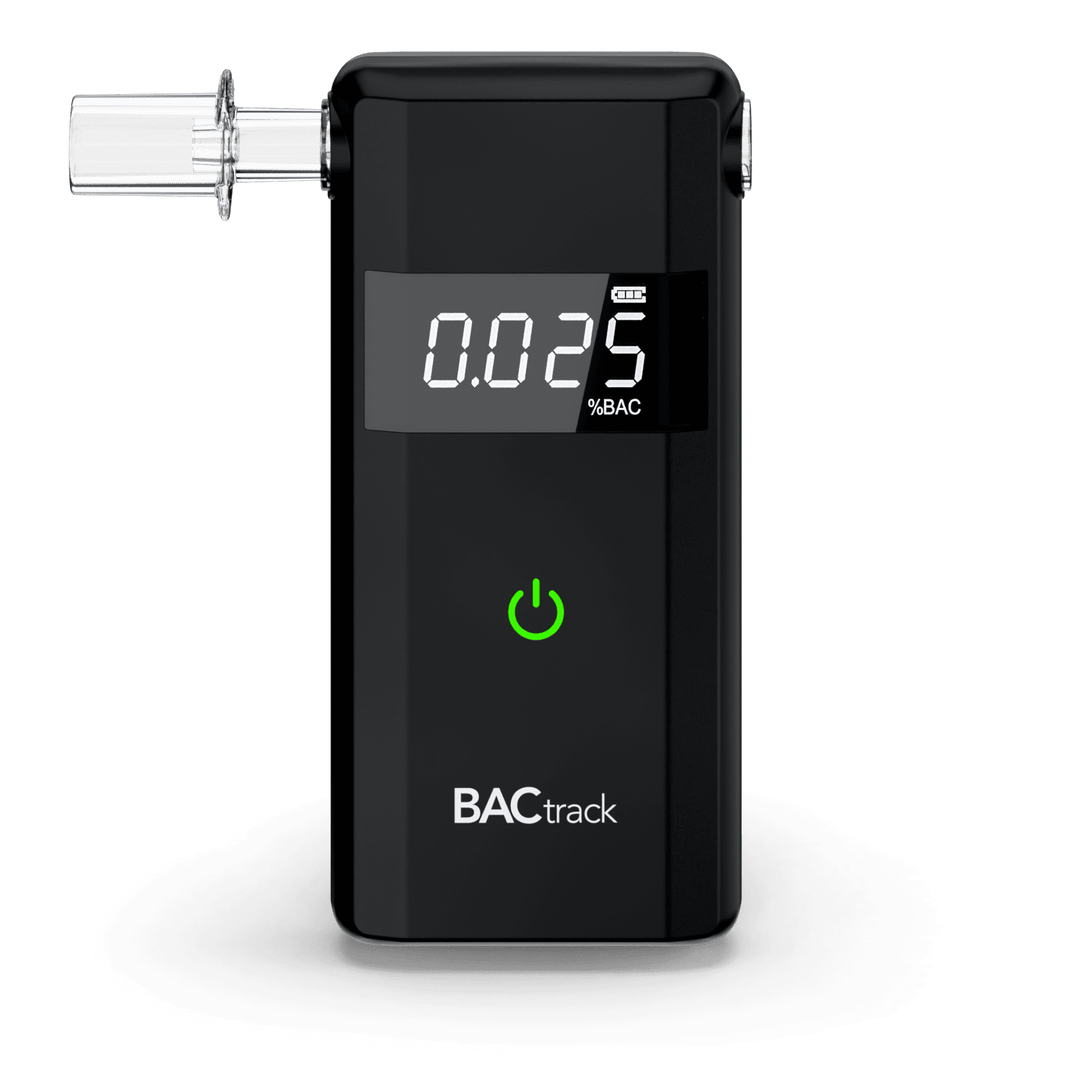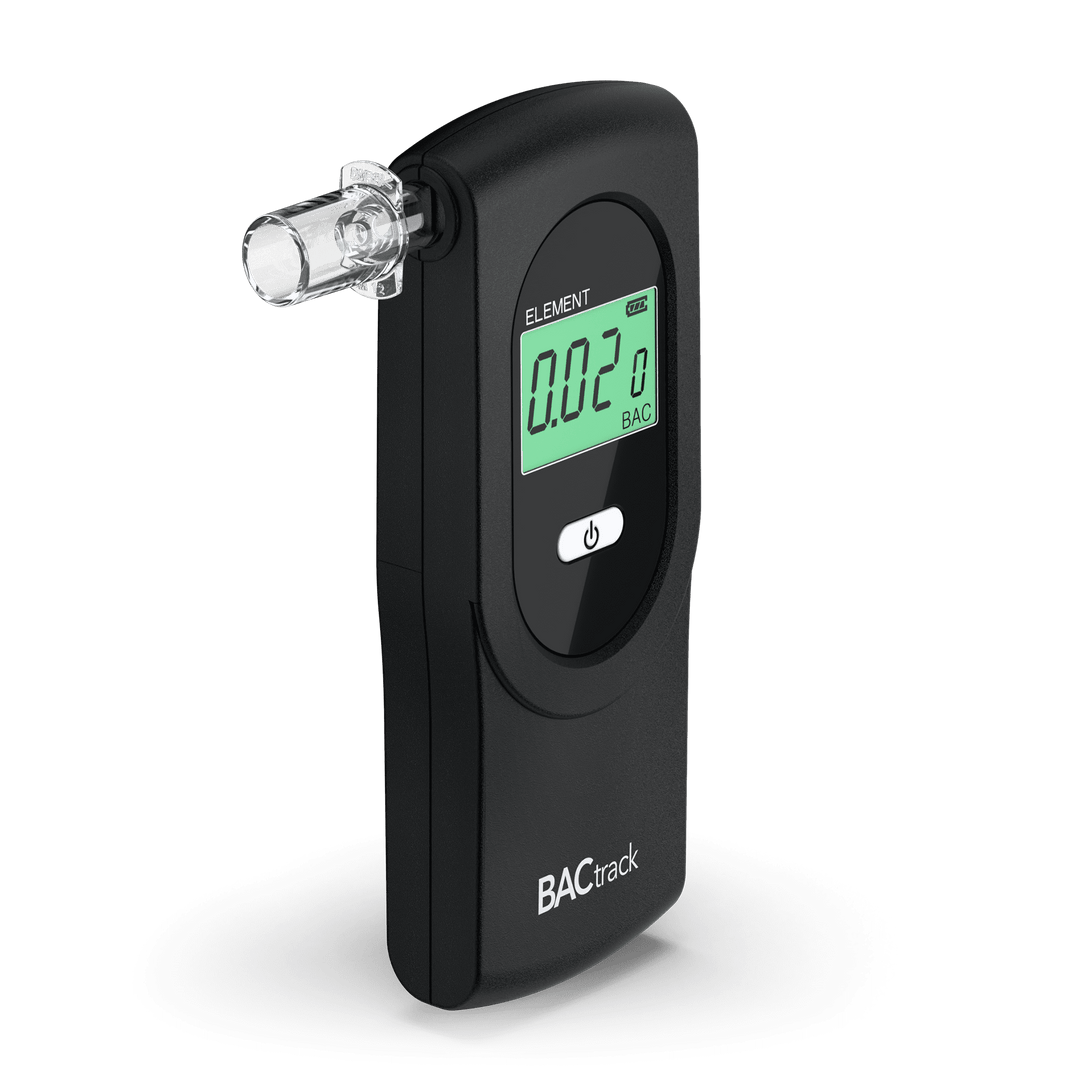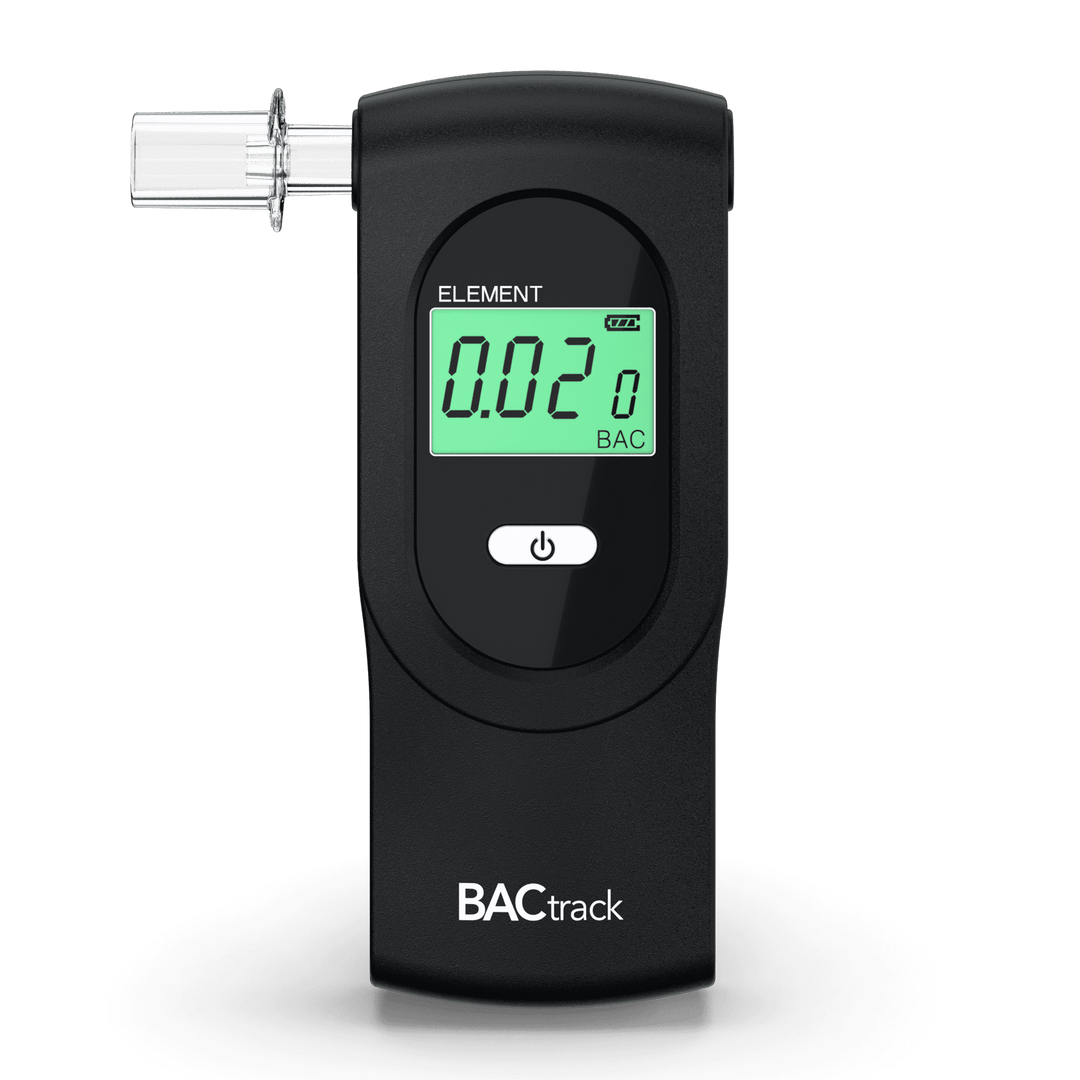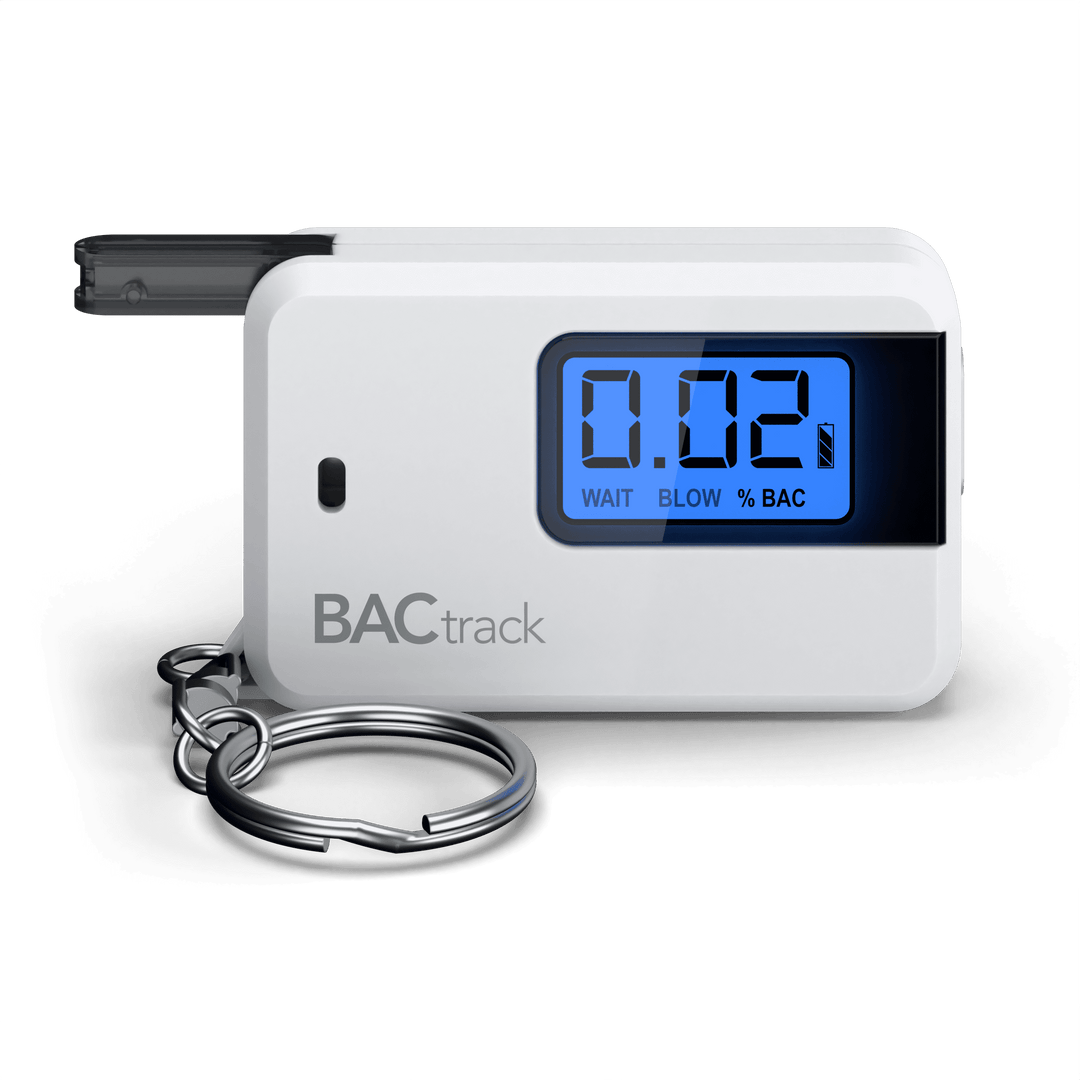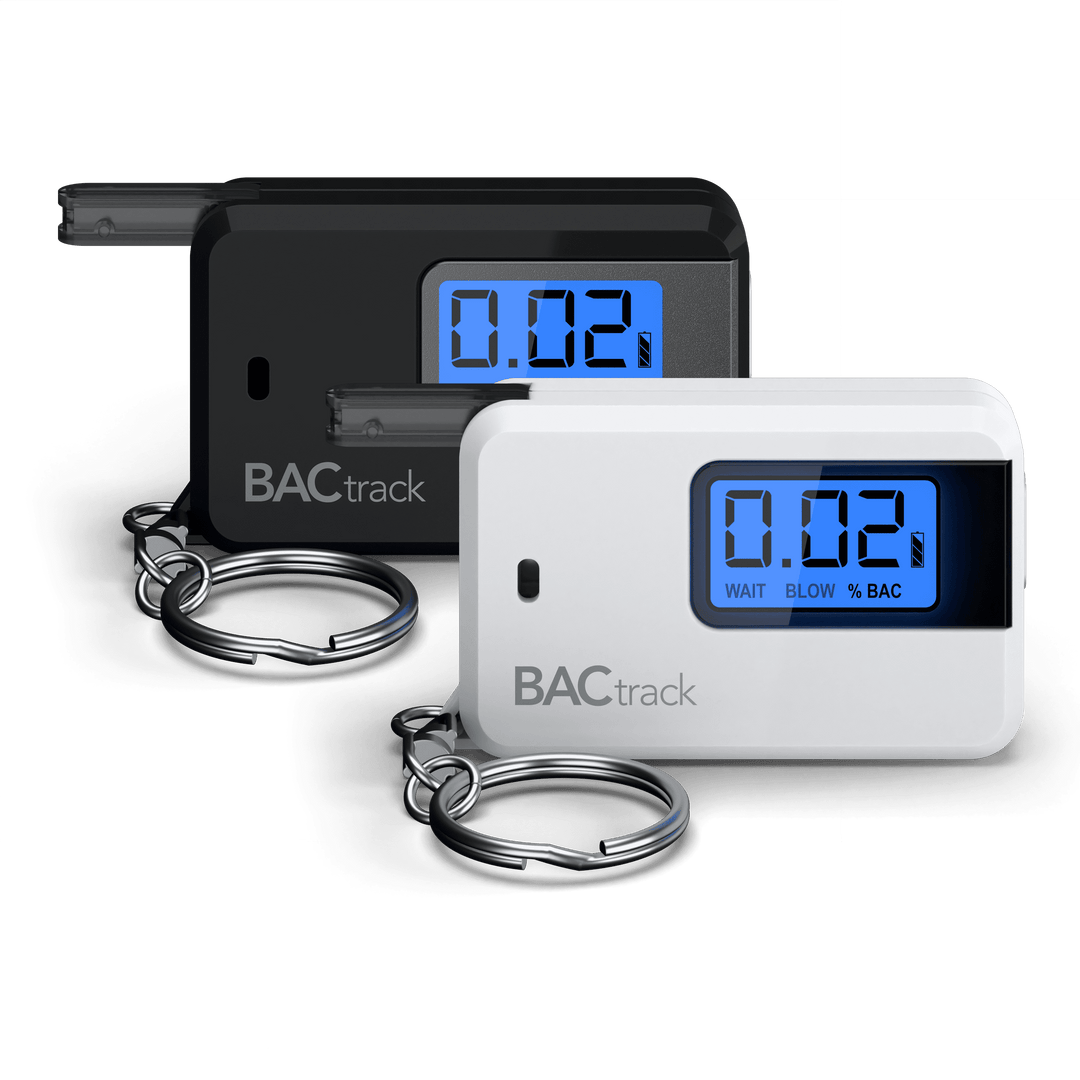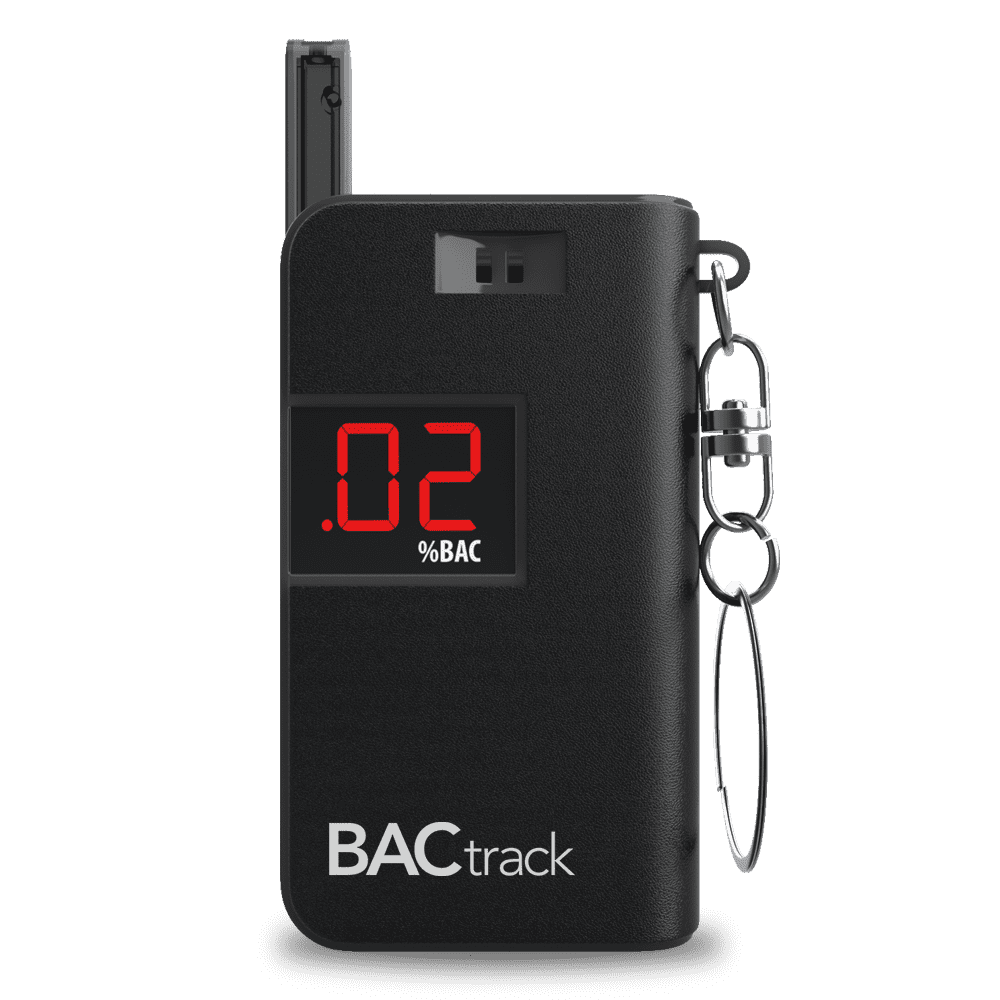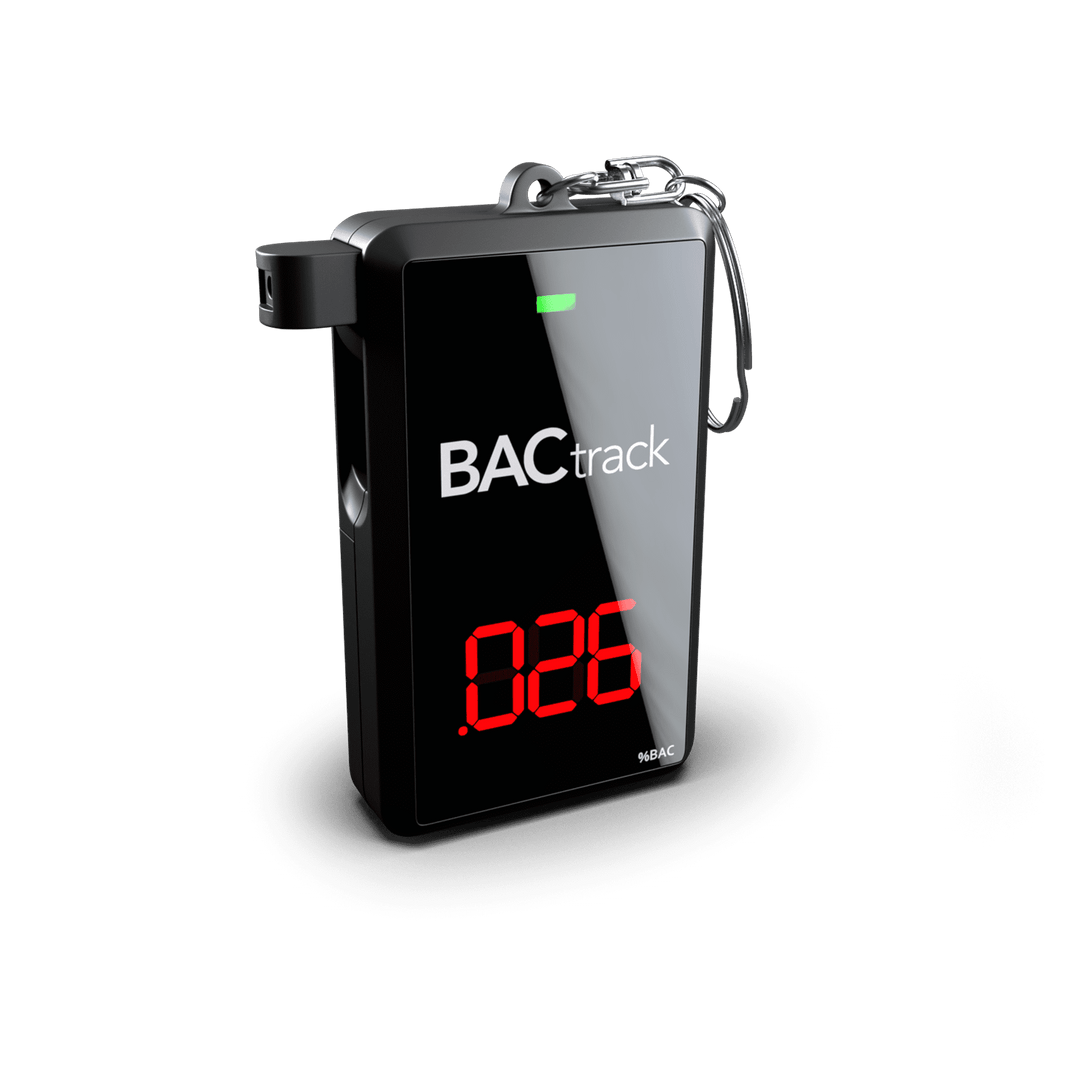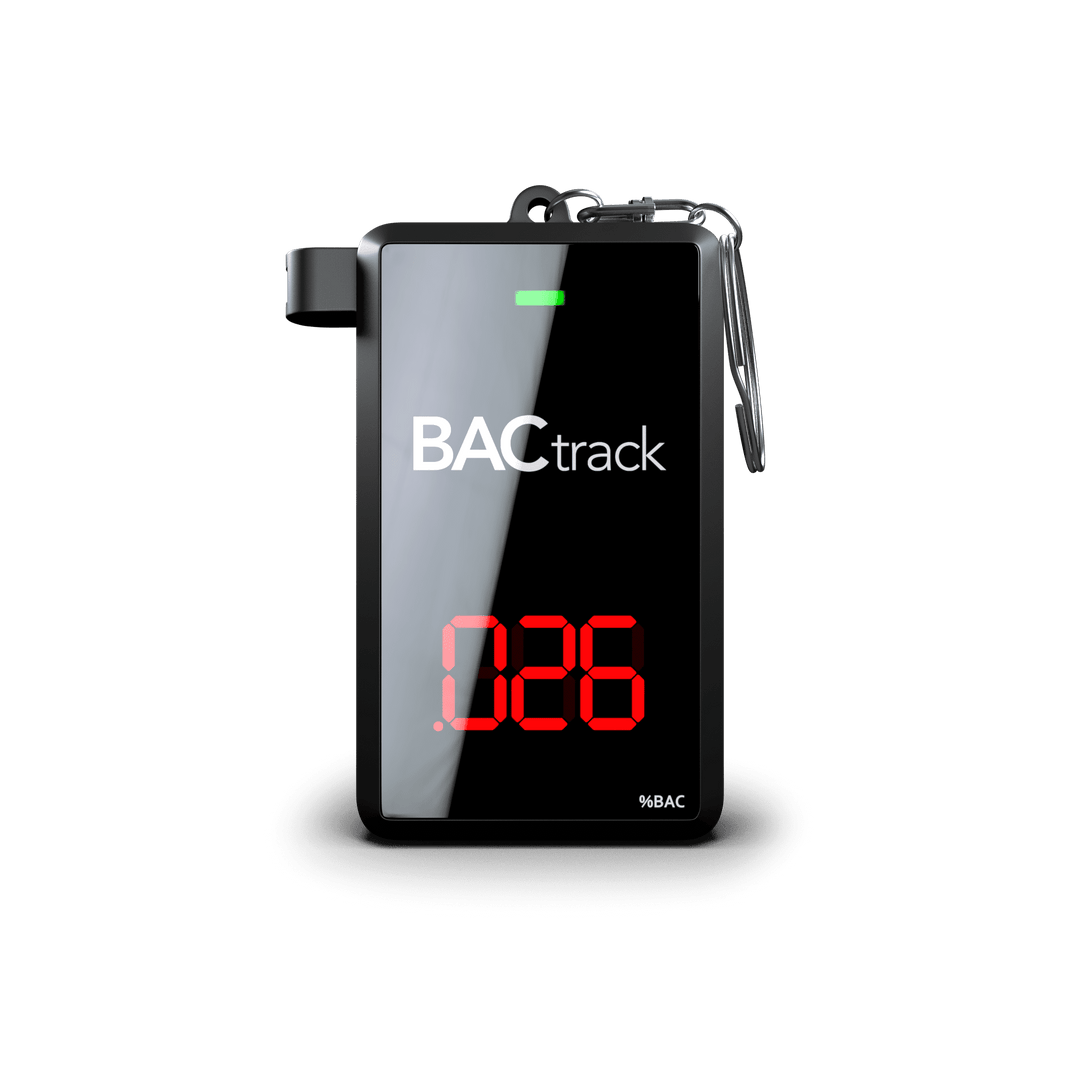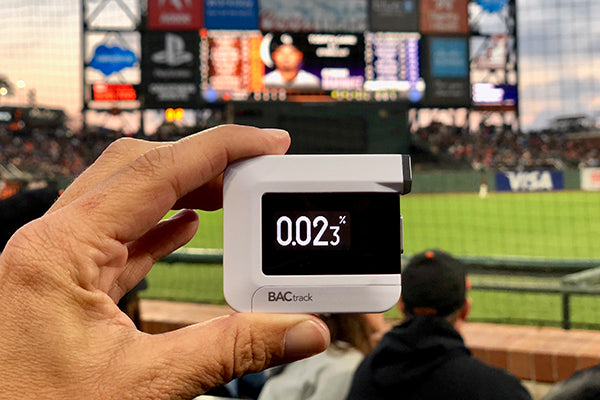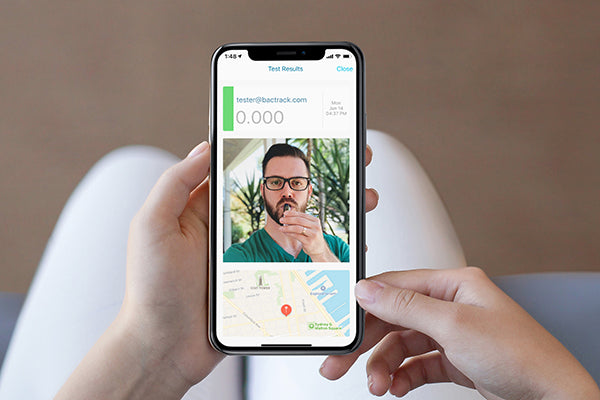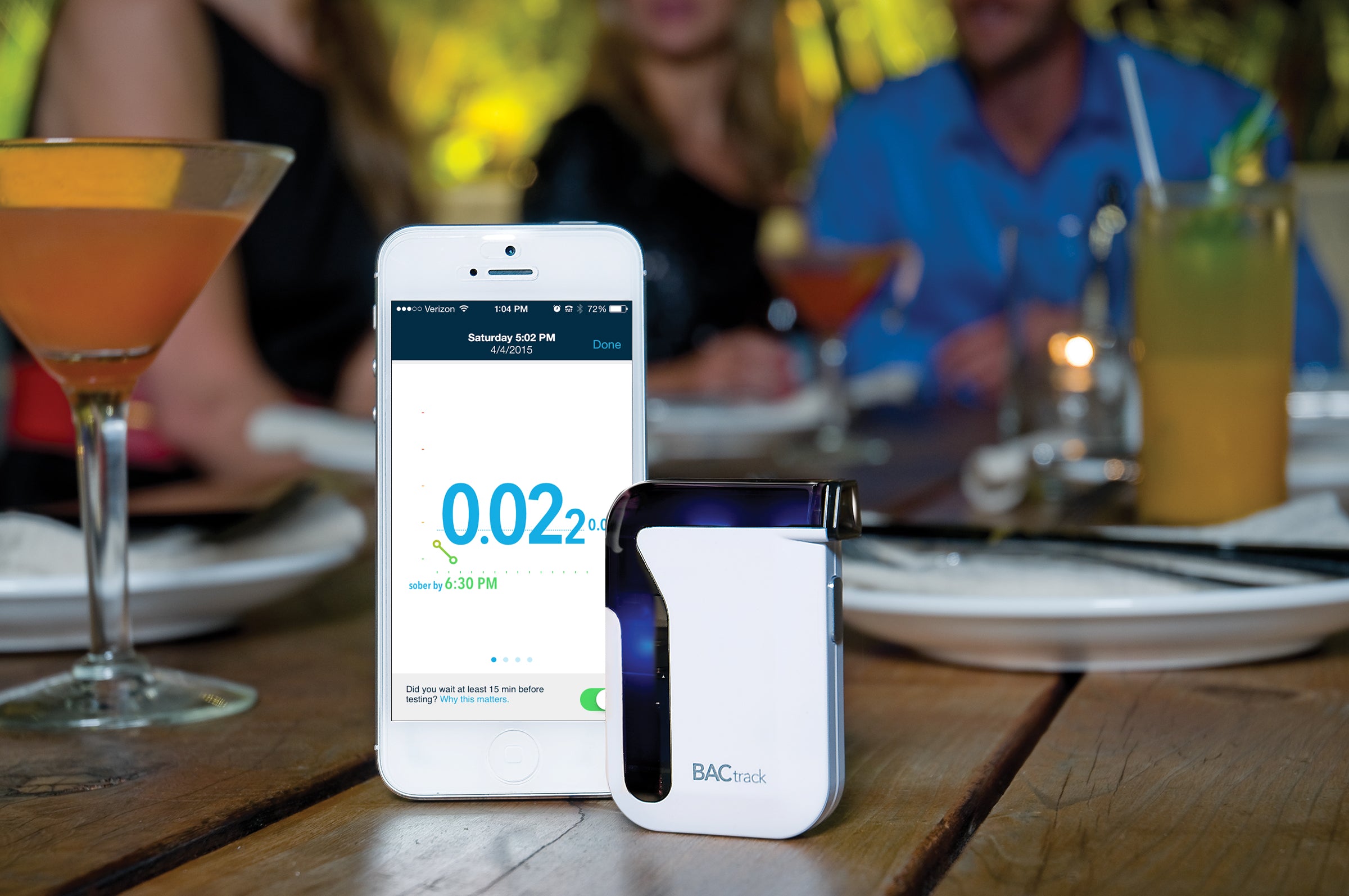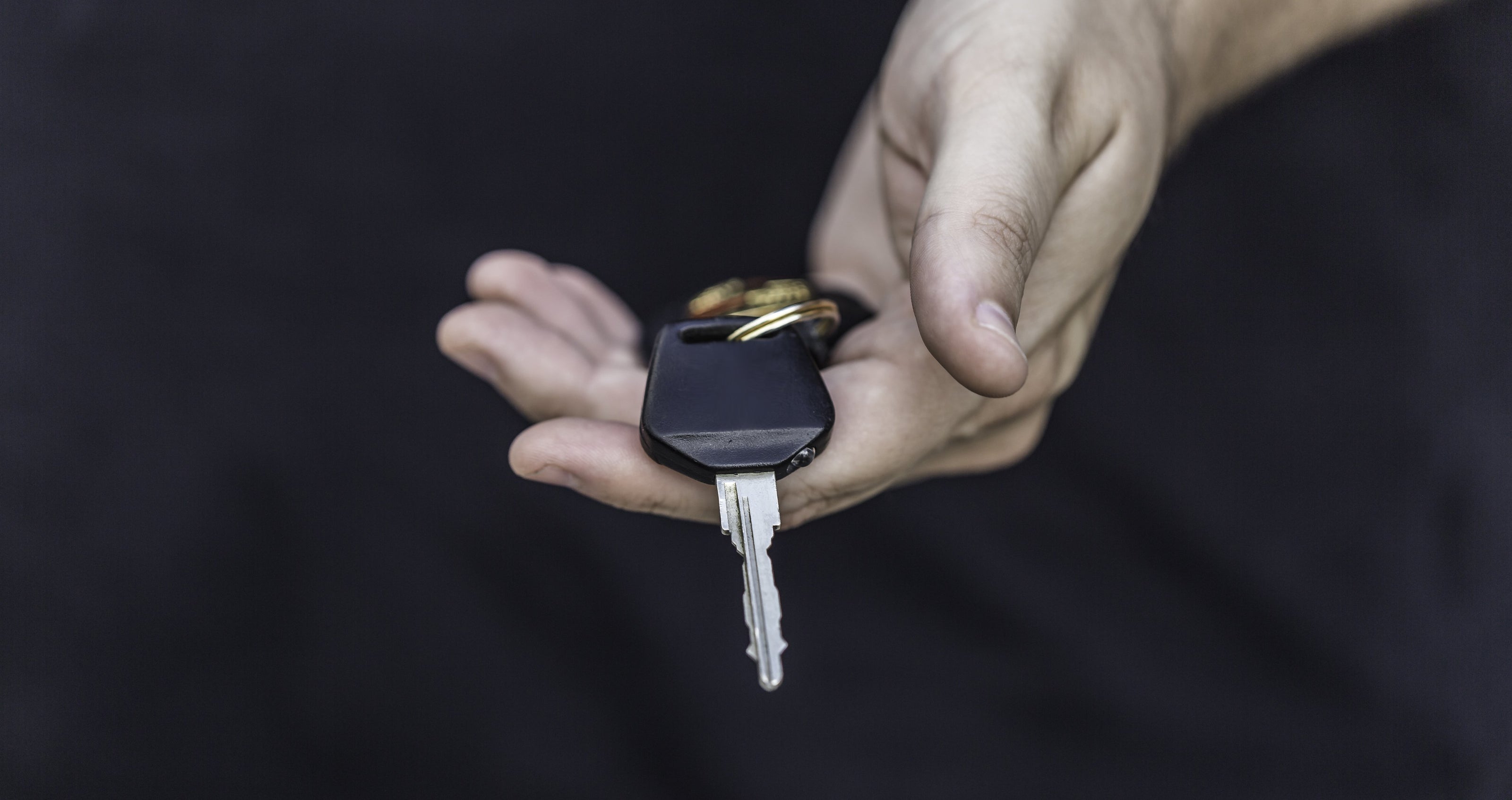You swing by a nearby bar after work and have a few pops with your pals. You’re a little buzzed – but not so buzzed that you don’t think you can drive. So you get in your car and head off into traffic. So far, so good... And then your worst nightmare: flashing red lights in your rearview mirror. Your freedom flashes before your eyes. And for good reason. You’re about to be busted for driving under the influence (DUI) or driving while intoxicated (DWI).
More Fatalities, More Laws
Because of a rising number of injuries and fatalities related to motor vehicle accidents involving alcohol-impaired drivers, parents, communities, lawmakers and law enforcers joined forces to get drunk drivers off our nation’s roads. During the last two decades, many states have enacted tough new laws to deter drinking and driving. Some have elevated misdemeanor violations to felony-level offenses, and mandated extended jail time.
The category of drunk driving charge depends on a number of factors, including where the arrest took place, the age of the driver, type of vehicle, degree of intoxication, and whether or not injuries or fatalities occurred during an accident.
Statistics offer ample justification for the concern. Even mildly impaired drivers are much more likely to be involved in motor vehicle accidents than non-impaired drivers. Underage drinking and driving also accounts for a disproportionately high number of alcohol-related accidents and deaths. According to the Centers for Disease Control and Prevention, car wrecks are the leading cause of death for people in the United States who are under the age of 24, and about 40% of those fatalities involve alcohol.
Today the legal drinking age is 21 in all 50 states and the legal threshold for a criminal charge of DUI or DWI is a blood alcohol content (BAC) reading of .08%. However, there has been some controversy recently about lowering that threshold to 0.05% BAC following a proposal by the National Transportation Safety Board. There are vocal proponents on both sides of this argument, and that debate continues to heat up.
DUI and DWI – What’s the Difference?
DUI or DWI charges are virtually the same in many states. Both describe criminal charges for the unlawful operation of a motor vehicle while under the influence of alcohol, drugs, or a combination of both. If you live in a locale that classifies them discreetly, the charge usually depends on the driver’s BAC level at the time of the arrest--DUI is the lesser change, DWI the more serious.
Specific charges for alcohol-impaired driving vary depending on individual state laws. The category of drunk driving charge depends on a number of factors, including the age of the driver, type of vehicle, degree of intoxication, and whether or not property was damaged or injuries or fatalities occurred during an accident. In some jurisdictions, drivers can be charged with DUI even if they do not meet the .08% BAC threshold; commercial drivers can be convicted of DUI with a BAC of .04%; and for drivers under 21, any amount of alcohol can be grounds for a DUI arrest.
You can avoid the potential stress, expense, and embarrassment of a DUI or DWI conviction by simply choosing not to drive your car after consuming alcohol. You can also carry a convenient and accurate BACtrack breathalyzer with you when you do drink.
For example, in Texas, if you have alcohol in your system, and especially if you have a BAC of 0.08% or above, you are arrested for DWI. You would only get a DUI if you were under 21 with any amount of alcohol in your system. In New York State, if you have a BAC of 0.08% or above, you would be charged with a DWI, while you would be arrested for DUI if your BAC was below 0.08%. Some states don’t make the distinction at all. In Illinois, for example, there is no DWI—only DUI.
A Simple Rule: If You Can Ride It, You can be Arrested for DUI/DWI
Drunk driving laws also apply to vehicles and transportation modes other than automobiles. In some states, charges may be filed according to the specific type of vehicle used, and convictions often carry lighter sentences.
Depending on the jurisdiction, you can be arrested for driving, operating, piloting, or controlling the operation of the following if you are legally impaired:
- Motorcycles
- Aircraft
- Boats and other watercraft
- Construction and farm equipment (e.g., tractors and combines)
- Bicycles
- Horses and horse-drawn vehicles
Personal and Professional Costs of a DUI/DWI Conviction
DUI convictions have major ramifications and some can linger for years. Most of us are aware of the short-term consequences, including temporary driver’s license suspension, fees and fines, high insurance premiums, court-mandated community service, participation in drunk driving education programs, and even jail time.
During the last two decades, many states have enacted tougher laws to deter drinking and driving. Some have elevated misdemeanor violations to felony-level offenses, and mandated extended jail time.
Unfortunately, the long-term shock waves from a DUI can cause the greatest pain. Even after you pay your fines and fulfill your legal obligations, your DUI conviction can still undermine your future opportunities and haunt your life for years. Learning how you might be affected by a DUI is important first step for protecting yourself, your family, and your future.
Long-term consequences of a DUI conviction include:
- Costly legal process
- Job loss and damage to future career prospects
- Higher auto insurance rates
- Damage to personal and professional reputation
- Criminal conviction on your records for years
- Revocation or suspension of driver’s license
- Possible jail time
Breathe Once and Breathe Easy
You can avoid the potential stress, expense, and embarrassment of a DUI or DWI conviction by simply choosing not to drive your car after consuming alcohol. You can also carry a convenient and accurate BACtrack breathalyzer with you when you do drink. By breathing into a breathalyzer to assess your BAC, you can breathe easy that you are within a safe BAC limit before you get behind the wheel of your car. By using a unit like BACtrack Mobile, which is equipped with ZeroLine® technology, you can more accurately assess when you might be in a more safe mindset to make a responsible decision.

